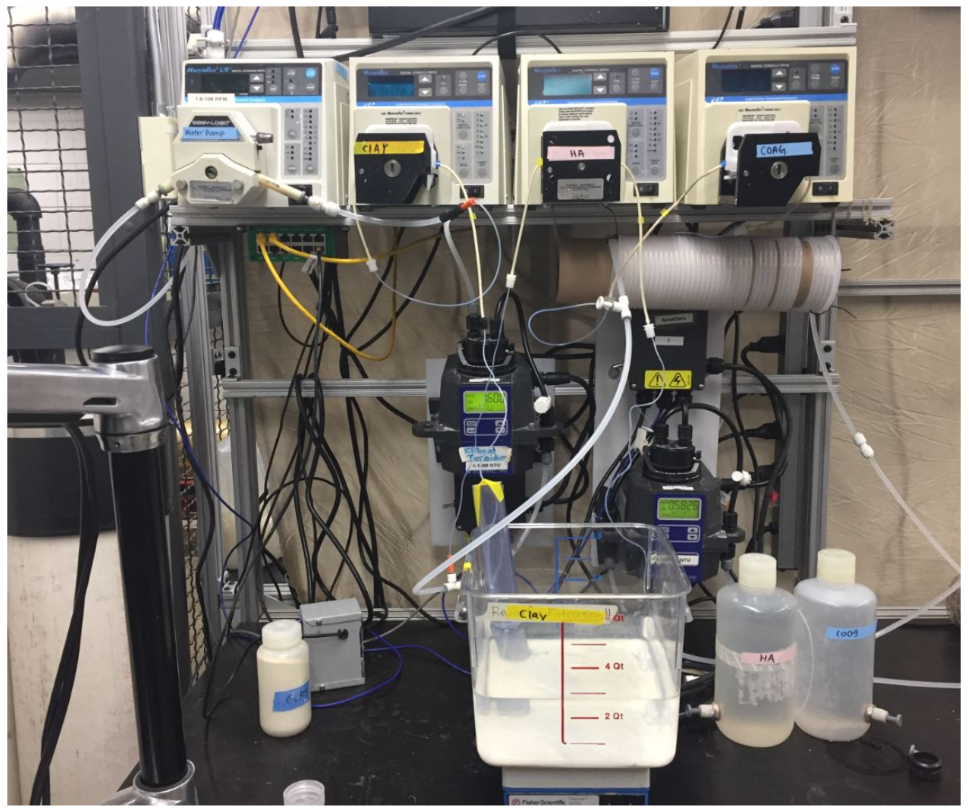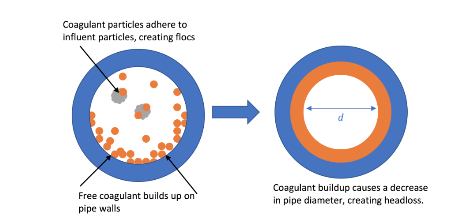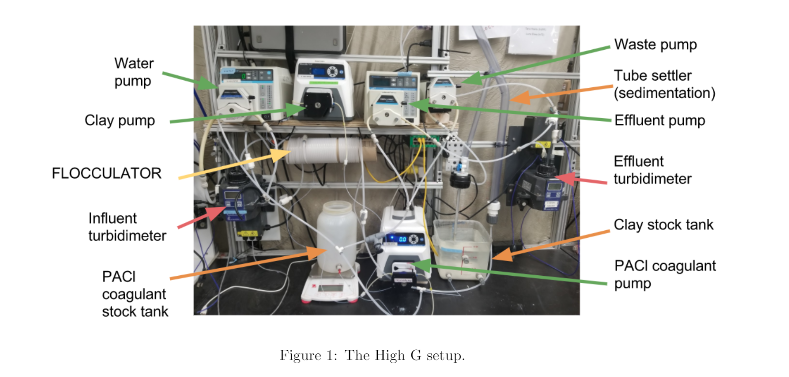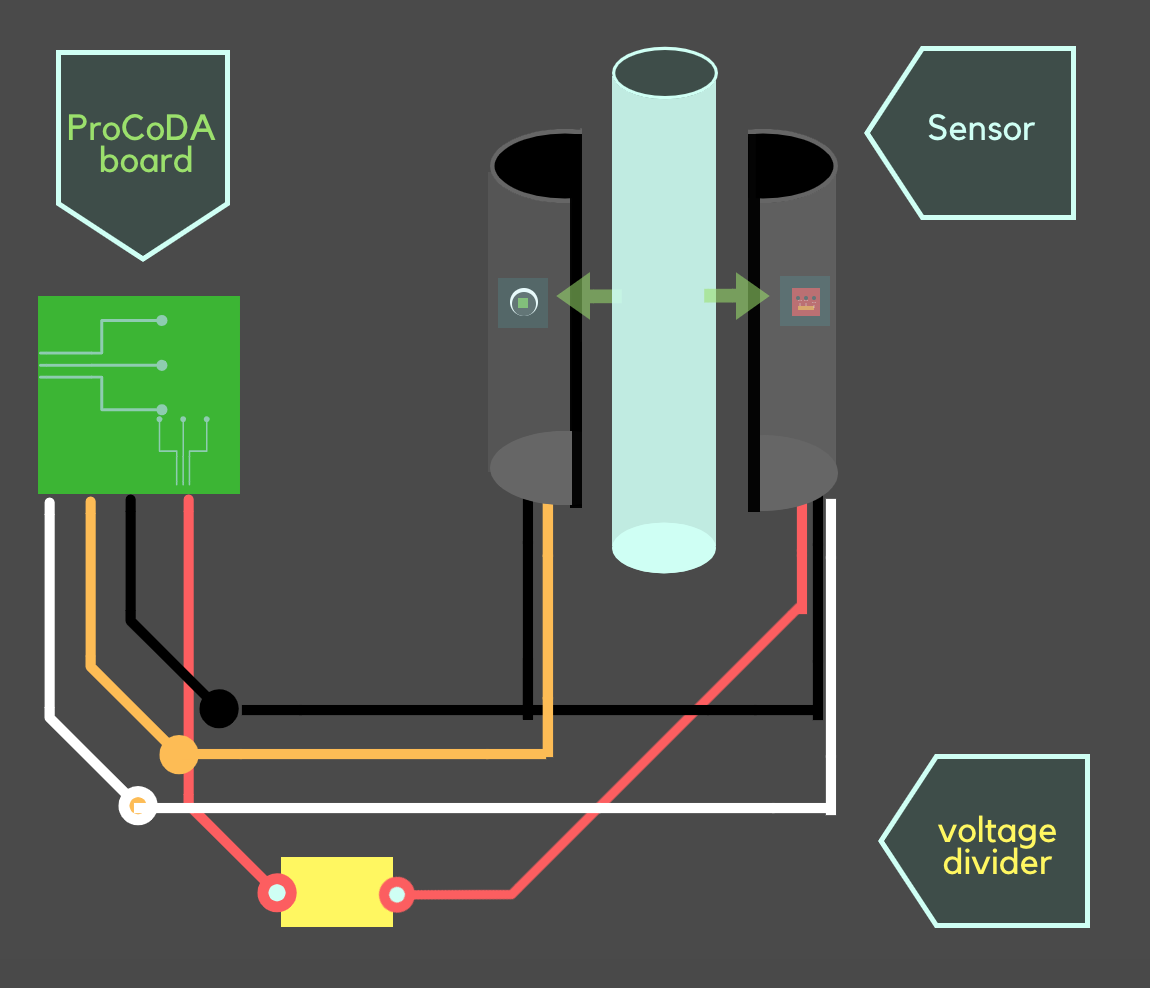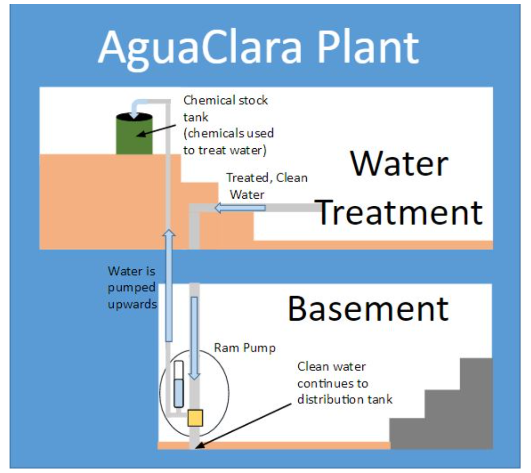Lucinda Li, Liz Cantlebary, Lingzi Xia, Dylan Vu
Abstract:
Sand filters have historically been used to lower the turbidity of water, and continue to be used in many conventional water filtration systems. Dynamic modeling, as opposed to static modeling, of rapid stand filtration accounts for the buildup of particles over time in the filter, and this un- derstanding is needed for better filter design and operation. Past sub-teams found that head loss increases linearly with time. This research proposes the hypothesis that flocs are captured in rings created by filter grains, which on a larger scale implies an active filtration zone where empty pores become clogged by the flocs. This active zone moves throughout the bed until there is no remaining space for particles to clog. This research will examine major and minor head loss, along with efflu- ent turbidity, to find optimal filter performance based on varying flow rate, coagulant dosage, and influent turbidity in a 1.967m L/s sand filter. Based on this research, it is hypothesized that the sand bed can filter a certain amount of mass before failing.



